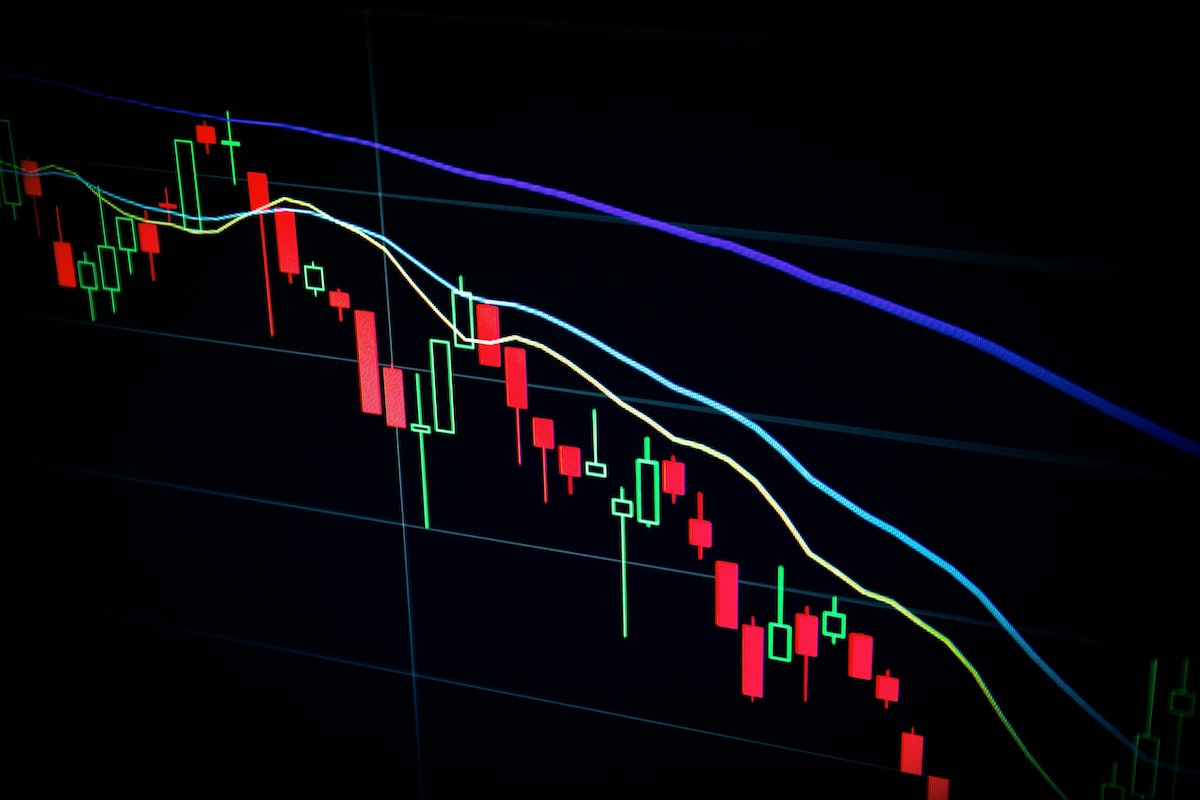What Is a DEX? How to Trade on a DEX
14/05/2022
DEX is short for decentralized exchange. On a DEX, there is no central body in charge of overseeing the trade of assets on the market. Instead, this is done through peer-to-peer transactions using smart contracts.
This can be both good and bad. On one hand, it means that users are in control of their own funds and can trade without censorship or intervention. On the other hand, it can mean that there is a lack of security and stability in the exchange.
In this post, we will discuss how to trade on a DEX and some of the benefits and drawbacks of using them.
The history of decentralized exchanges

To be sure, decentralized crypto trading represents a serious threat to established exchanges. However, the rapid development of DEXs in such a short period of time is intriguing.
Hashed time-locked contracts (HTLCs) were one of the first stages in the development of decentralized exchanges. HTLCs provided a rudimentary cryptographic escrow system to support trustless, on-chain transactions between users. LocalBitcoins and Bisq, two of the most promising prototype DEXs based on HTLCs, were released in 2012 and 2014.
The next phase in the evolution of DEX exchanges was the appearance of the first DEXs on Ethereum. This new generation of exchanges was powered by Ethereum smart contracts and introduced numerous enhancements.
DEXs have become a crucial part of the crypto market in the current period since they allow trading with significant increases in coin volume. From June 2020 to June 2021, decentralized exchanges handled $600 billion in trade volume.
How to trade on a DEX: A step-by-step guide

The steps to trading are slightly different for each platform. However, the steps listed below are similar on all DEX platforms.
1) Link your wallet
- Choose the wallet you want to link.
- Use the platform’s tools to select your wallet, then follow the directions.
- Click on the receiving wallet icon to begin the process of accepting payments.
2) Set up your trade
- Select chains of origin and destination.
- Identify the tokens you’d like to trade.
- Input how much you want to trade and press “Enter.”
3) Exchange tokens
- If you are certain about the exchange, click the Swap button.
- You will be prompted to approve the transaction on both the sending and receiving sides of the transaction.
- Approve all of the requests.
- Await completion of the transaction.
4) Complete the transaction
- You can get transaction details by clicking on “Hash.”
- In your wallet, you’ll see the updated token balance.
The models of DEX development
Order book
Order books, as the name implies, hold all of the orders placed for each cryptocurrency by buyers and sellers. Buying and selling orders in an order book system are referred to as “bids” and “asks.”
When buyers upload orders in a DEX, the order book is responsible for aligning sellers with related-price orders. When the orders of one trader and the orders of another trader are matched, DEX traders are able to trade successfully.
There are just two kinds of orders in the order book: market orders and limit orders. Traders can quickly purchase or sell at the best available price in the DEX when placing a market order.
When placing a limit order, traders select the expected price and the number of cryptos they want to buy or sell at the time of order placement. When the DEX system discovers an appropriate order, it will immediately match it with yours.
The downside of this model is that a token’s price can be manipulated by looking at the order book. Traders can make short-term predictions about the direction of cryptocurrency prices based on these cues.
As an example, a large volume of ask requests can indicate a decline in the price of a token. The token’s value will be expected to plummet in the near future, which will lead to many traders quickly dumping it. In this case, the concern is that these hints, which are based on an order list of bids and offers to buy, might change rapidly.
Automated Market Maker (AMM)
How can traders buy and sell on a DEX without using an order book? The answer is by using a smart contract. An automated market maker DEX employs a self-executing program, known as a smart contract, to set the price of digital assets and then supply liquidity. In this model, an automated market maker replaces the order book with a liquidity pool.
As the most well-known AMM, Uniswap pioneered the use of an AMM protocol in its trading platform. The platform makes it possible for anybody to trade ether and any other liquid ERC-20 token by channeling orders via one or more user-contributed liquidity pools.
Even though Ethereum’s Uniswap AMM is the most widely used, it is not uncommon for other major smart contract platforms to have their own native AMM.
The downside is that as the size of a trading pair’s liquidity pool increases, so does the amount of slippage. Slippage increases with order size in AMM DEXs. An order that accounts for half of the liquidity pool results in a price increase that is twice as high as the typical price for Uniswap tokens.
For large orders to be effective on AMM exchanges, there must be a large amount of liquidity in the network and a relatively small number of traders. As a result, many traders choose traditional exchanges or order book DEXs, which have a significant number of established traders trading billions of dollars every day.
Final thoughts
Every attempt to improve the user experience and construct more powerful trading venues has led to the new variety of decentralized exchanges that have sprung up. As with cryptocurrencies, there’s no need for people to put their faith in a third party with this concept.
The use of Ethereum-based DEXs has skyrocketed since the advent of DeFi. If this momentum continues, we should expect to see a rise in technological innovation across the board.
Chat with the expert NFT promoters and marketers at Mooning
Sure, all the examples of NFT promotions we listed are from global brands with endless coin to throw at their campaigns. But you really don’t need a crazy-high budget to see some seriously incredible outcomes – as long as you know the delicate intricacies of building a killer NFT marketing strategy!
If not, no worries – Mooning is here to take care of everything for you and make sure you see the most amazing ROI you’ve ever seen before. Our team has the knowledge and experience to promote your NFTs in order to deliver maximum awareness and interest, driving the sales prices up sky-high and beyond.
We provide a full suite of expert NFT marketing services and go above and beyond for every one of our clients to ensure only the best results. Our team will help with everything from minting, listing and selling, NFT creator sourcing, community management and campaign conceptualisation.
So get in touch with us now on 1300 818 435 or message us online.





